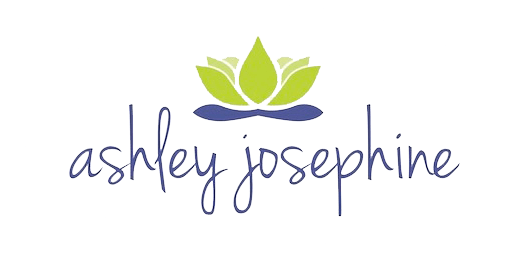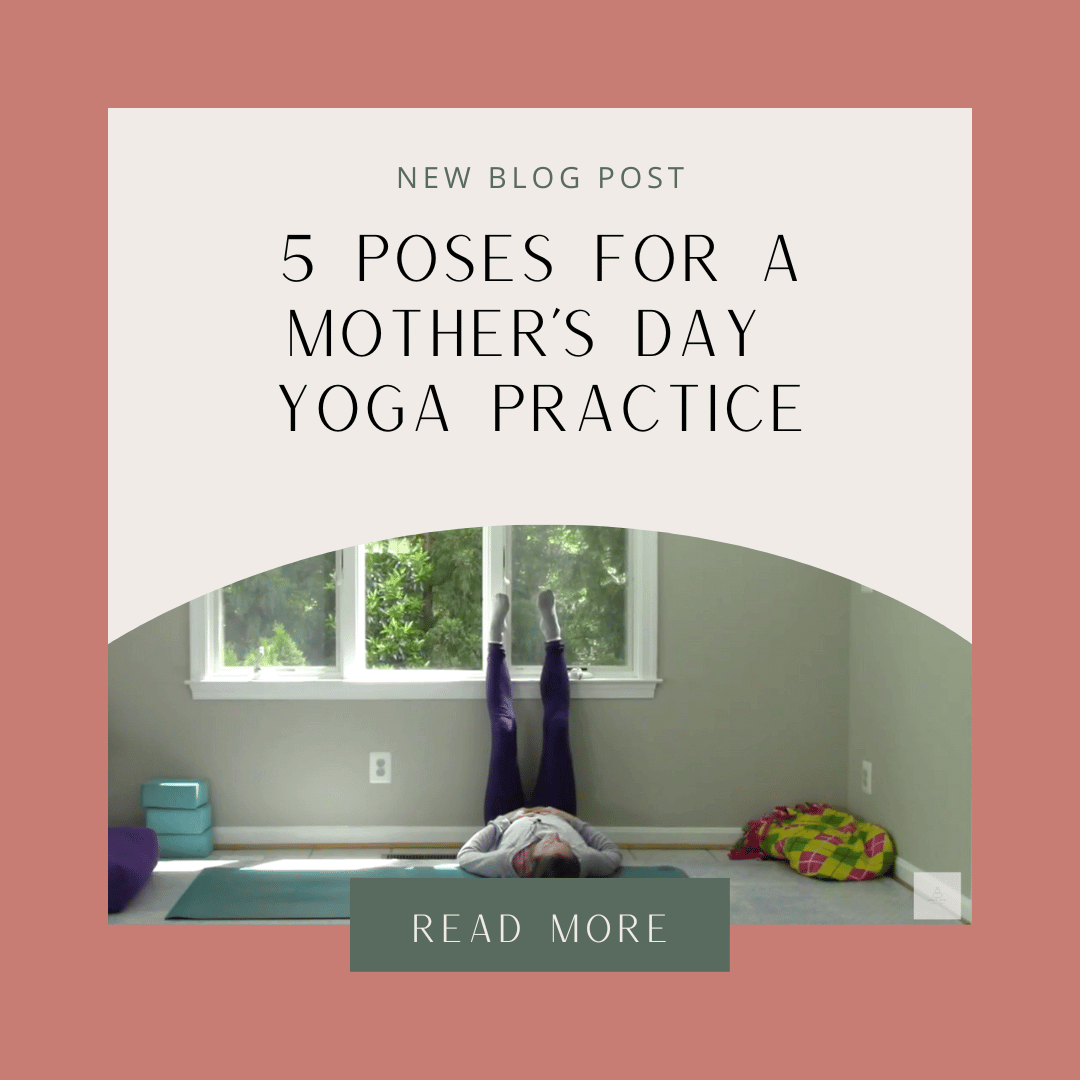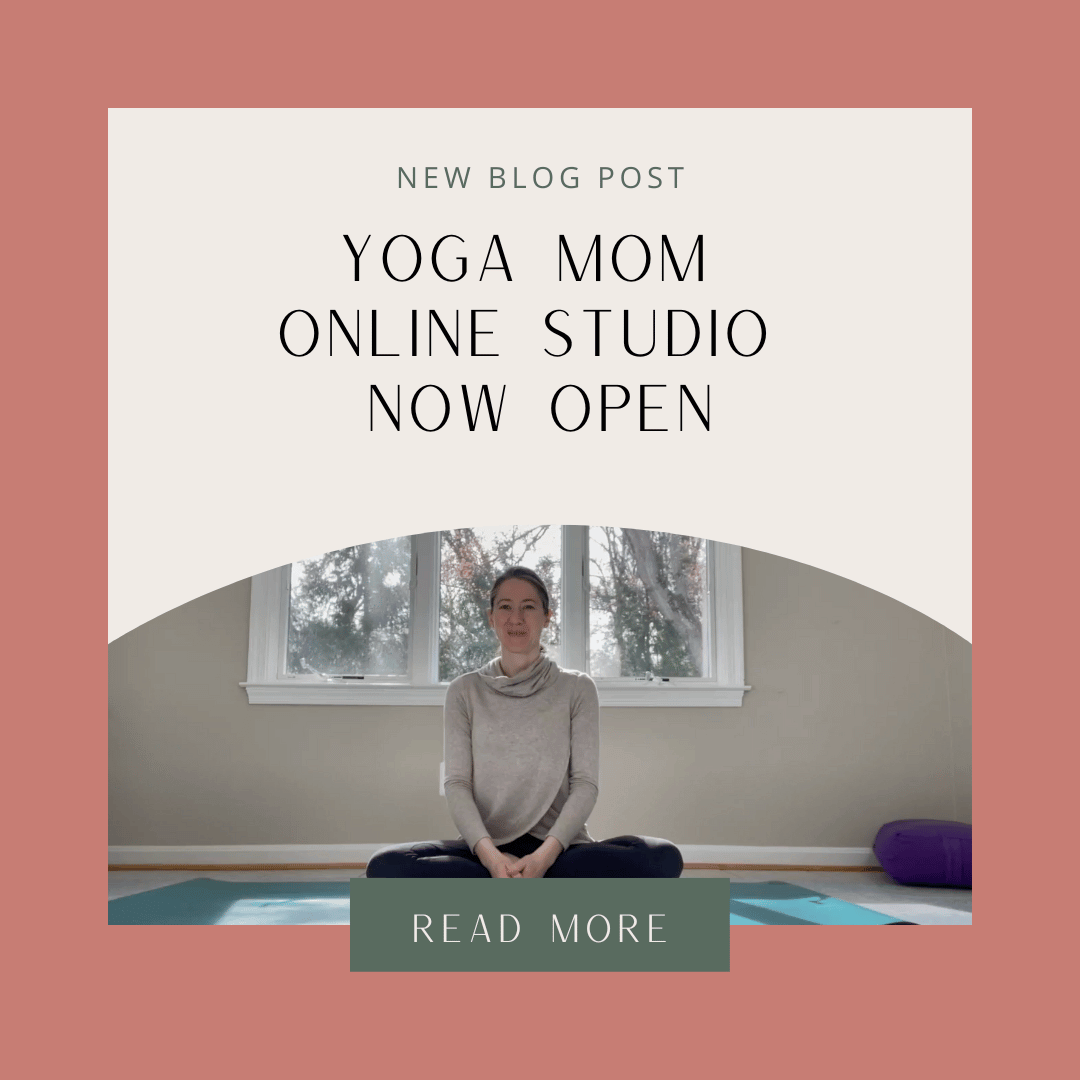According to Yoga Alliance, the unofficial standard-setting organization for the instruction of yoga, there are over 67,700 registered yoga teachers in the world. Since yoga is not a licensed or regulated profession, such as medicine, chiropractic, or massage, there are thousands more instructors teaching yoga all over the world that are not registered and accounted for through Yoga Alliance’s data.
Recently, Yoga Alliance decided that registered yoga teachers can no longer use the word “therapy” in bios, websites, description of services and work, etc. This sparked a national controversy in the yoga world and prompted many inner dialogues about what it means to be a yoga instructor.
Over the past several weeks, I myself have been studying carefully my own teaching style, methodology, philosophy. As I’ve met with various wellness professionals across industries, I’ve found myself presenting how I work and wondering how do I differentiate what I do from the 67,699+ other instructors teaching a similar system?
Why the debate matters
As an English major, words have always been important to me, which is why the debate around being a “yoga therapist” vs. a “yoga teacher” is an important one. Also, my reverence for the practice of yoga has carried me thus far down my journey and the practice of yoga in it’s purest form serves as a guiding light for me as I walk my own path and journey in this world. My experience with yoga, as well as my experience in this world practicing yoga, assists and develops my teaching style.
And so, today, I share with you some of my own musings about what it means to be a yoga instructor in hopes that this helps you better understand what I’m here to teach, how that makes me different then other yoga instructors, and what you can expect to learn from me.
The amazing thing about a community like this is you can give me direct feedback along the way letting me know if I’ve strayed from my intention, my guiding philosophy, my purpose.
What is yoga?
To know what a yoga teacher does, first you must understand what yoga is.
Contrary to popular belief, yoga is not about bending your body into a pretzel. Yoga is not about becoming more flexible, although that may be a nice byproduct. Yoga is not about posture or meditation, although these are parts of the whole.
Yoga is the process of getting to know yourself.
This is why so many people refer to yoga as a journey. The process of getting to know yourself doesn’t happen in one class. It doesn’t happen in a year. It happens over the course of your lifetime. Your life serves as the backdrop for your journey.
To get to know yourself, you must learn to settle your mind. So says Patanjali’s Yoga Sutras, the seminal text on classical yoga philosophy. Yoga citta vritti nirodhaha.
Balancing effort & ease
For me, one of the reason’s why getting to know yourself is so important is so that you can live a purposeful life. I think we all want to live a life with purpose. What that purpose is, what that means to each of us, will differ and that’s the beauty of humanity. When we live a life in alignment with our purpose, life flows with more ease. The effort and hard work required to achieve becomes less stressful and more energizing. This is not to say hard work won’t be involved, but that when we are doing work that really matters to us, the work is worth it. When we live out of alignment with our purpose, we struggle and life becomes, frankly, a drag.
My mission in teaching yoga to groups and individuals is to help you bring more ease into your life. I help people find a balance between effort and ease in all aspects of your life. In the Yoga Sutras, this concept is illustrated in the sutra sthira sukha asanam. This sutra says that in our posture (asana) practice we should strive for a balance between the appropriate amount of effort and ease. This is why it’s not necessary or helpful to “muscle” your way through posture. Yes, there will be a certain amount of effort depending on a variety of factors, but to really reap the benefits of a posture, there must be some ease as well so that we can breathe and settle.
There is another sutra that says the state of yoga can be attained when we balance an effort for practice and freedom. Abhyasa vairagya abhyam tan nirodhah. To practice consistently day in and day out takes effort. To show up takes effort. On the other hand, to truly be free requires non-attachment to that effort. Once again, yoga practice shows us how to balance effort and ease, or practice and freedom, in our lives to help us settle our minds and find peace, alignment, and freedom.
The tools of yoga
When private clients come to me for yoga lessons, they often come to me because they are experiencing some kind of pain that has manifested physically, mentally, or emotionally. People come to me to stretch. They come to me for pain relief. They come to me because someone recommended it. Everyone comes to yoga with a preconceived notion of what they’ll be doing.
But the path of yoga looks very different for every person. As a yoga teacher and educator, I have a set of tools to share with my clients to help them balance effort and ease in their own lives. I educate with those tools.
One of the tools that I’ve already referenced is the Yoga Sutras. The Yoga Sutras are an incredibly simple, and yet terribly complex, outline for living life. The Sutras outline the steps to remembering your true Self.
Posture, asana & movement as a tool to better know your body
Part of the path of yoga includes posture practice, or asana. Posture practice is meant to put the human body in different conditions as a means to learn more about your body and your relationship with your body. Some people benefit from faster-paced practices, while others benefit from slower-paced practices.
There is a concept in Ayurveda, yoga’s sister-science and ancient India’s holistic medical system, that like attracts like and opposites heal. If you lead a very busy and stressed out lifestyle you will likely be attracted to a very fast-paced posture practice, when in fact, you’ll benefit more from a restorative practice to help you find more balance and ultimately heal from the negative effects of stress in your life. Part of my job as a yoga educator is to help you create the appropriate practice for your unique life circumstances.
When it comes to movement, yoga posture practice emphasizes the 7 directions of the spine, which I outlined in last week’s blog post. Generally, yoga likes to work from the gross, or physical level, to the more subtle, or energetic levels. It’s easier for humans to connect with and begin to understand what they can see, which is why posture is the easiest starting point for yoga practice. What we have somewhat forgotten is that yoga posture practice is not about fitness, but about understanding our body – all of its strengths and limitations. Once we understand our body better, then we can begin to understand the more subtle, energetic aspects of our being, including our breath and our mind.
Breath as a tool to connect body & mind
Breath work is another tool of the yoga instructor. When yoga instructors teach breath practices, the goal is to help you better manage your central nervous system. Deep breathing has been scientifically proven to help stimulate the parasympathetic nervous system. Shallow breathing, or the breathing that many of us default to under stress, keeps us in a sympathetic state, which can become harmful if we’re chronically staying in a sympathetic response to the world around us.
The potential to affect our central nervous system alone can vastly change a person’s condition and life. This is why our breath is so powerful. Yoga helps us connect body and mind through breath.
Yoga Nidra as a tool to withdraw the senses
Another tool I use is yoga nidra. Yoga nidra is a guided meditation practice that helps students take their senses inside. This practice helps us explore our internal landscape. In the Sutras, the practice of withdrawing your senses is referred to as pratyahara. This is the next step in moving to the more subtle layers of the mind and is a necessary one if you wish to pursue a meditation practice. To meditate, you must master the art of not being distracted by the sounds and goings-on around you. You must not be distracted by your own thoughts, your own breath, your own heartbeat.
Developing focus and concentration
A couple weeks ago, I wrote a blog post on the differences between relaxation, concentration, and meditation. A yoga instructor can use restorative posture practice to help you relax. To help you concentrate, I like to use the tool of mantra. A mantra is a word or phrase you can repeat to yourself, silently or out loud, to help you single-task on one thing. I think we can all agree that in a world of multi-tasking, the ability to focus has largely been lost or at the very least demoted as a useful skill.
In yoga, the ability to focus is vital. A mantra can be in any language and you don’t necessarily have to know the meaning of the mantra. All you have to do is focus on the repetition of the word or phrase. In fact, if you focus on the meaning, you’re no longer single-tasking 🙂 I’ll write more about mantra in coming blog posts because it’s a powerful practice I haven’t yet dived into yet. To start, choose one word like peace, breathe, relax, etc. and repeat it to yourself in moments of high stress.
I can’t teach you meditation and I’m not a healer
I think it’s important here to mention again that I am a yoga educator. I can share with you the tools to better know your body, breathe, relax, and focus. The next step is meditation, but meditation is an experience that is unique to everyone. I can guide you toward meditation, but I can’t teach you meditation. You have to find your meditative experience on your own.
Something I’ve realized about yoga that differs from so many other complementary wellness fields is that the onus is very much on you as the practitioner to heal. In yoga we believe that the body has the power to heal itself. I, as a yoga educator, am not going to heal you. I can guide you on your healing journey. I can guide you toward appropriate tools that may help you along your journey. But I myself am not a healer. You are the healer.
You will not come to me and lie on a table for an hour and walk out and feel “healed.” Hopefully, you will come to me, you will work, you might feel better, but you’ll also have questions and homework. The journey of yoga is not complacent or easy. It is a journey and it is never-ending. It is powerful and empowering. But you have to want to be on the path. You have to be okay with hard work. You have to do the work.
Philosophy & self-care as tools for self-knowledge
Beyond the tools I’ve mentioned already, the Sutras, texts, and overall philosophy of yoga serve as a useful framework to reference and study. As a yoga educator, I can inspire, motivate and teach the philosophy of yoga. Since every person learns in a different way, the approach to teaching philosophy needs to be unique to each person.
In addition to the philosophical components, another piece of the overall puzzle that I find extremely important, especially today, is self-care. I use Yoga Tune Up® as an additional framework for helping you to learn more about your physical body and as a way for you to nurture your physical Self.
To sum everything up, I have outlined here some of the tools that I use as a yoga educator, teacher, instructor.
I think it’s important for you to know about the tools I use to teach yoga. Many of us come to yoga for the physical practice, and I very much was a physical asana teacher for a long time. My own practice and teaching has evolved to include so much more and my hope is that I can continue to share all these yogic tools with you so that you can better get to know your Self, align with your purpose, and find the appropriate amount of effort and ease to take inspired action and make a difference.
That, to me, is POWERFUL.
That, to me, is yoga.
Namaste!





